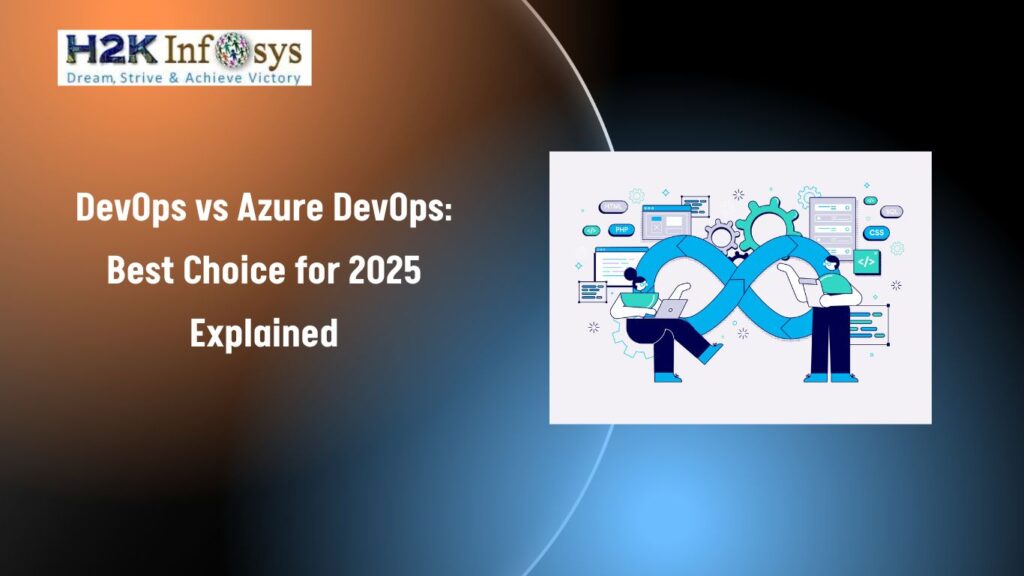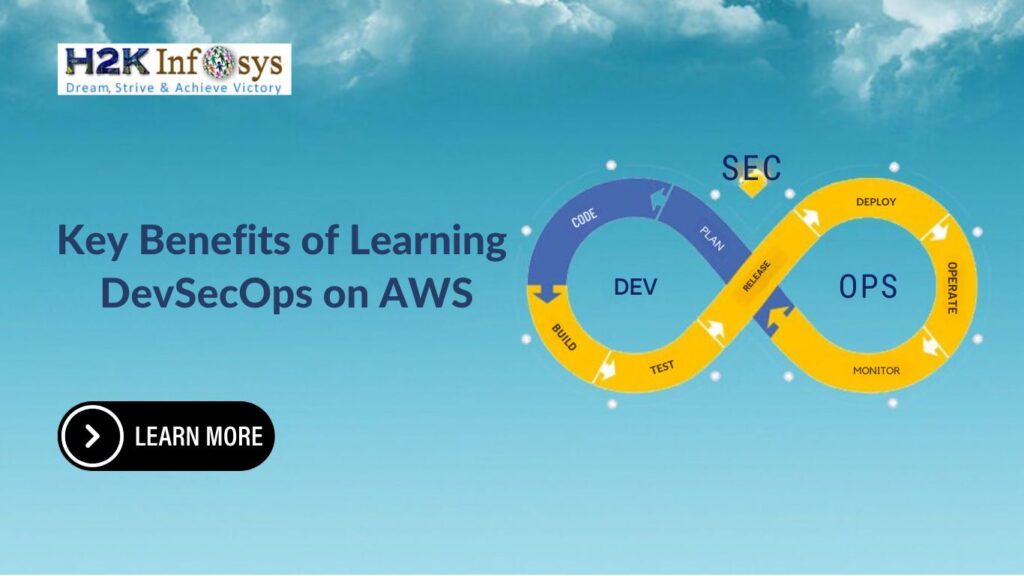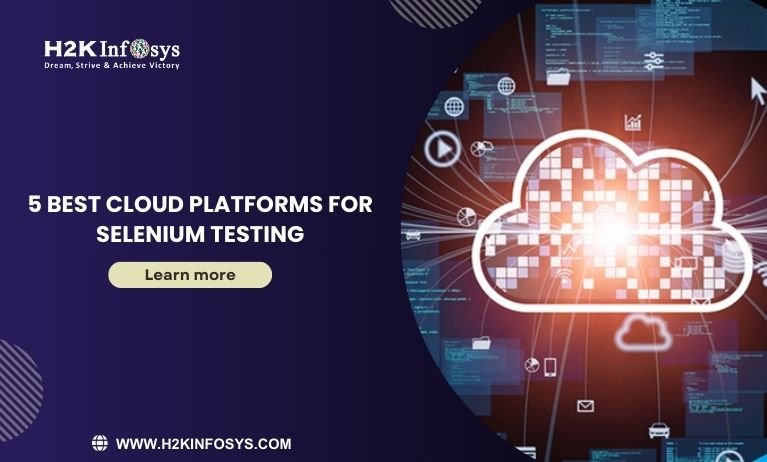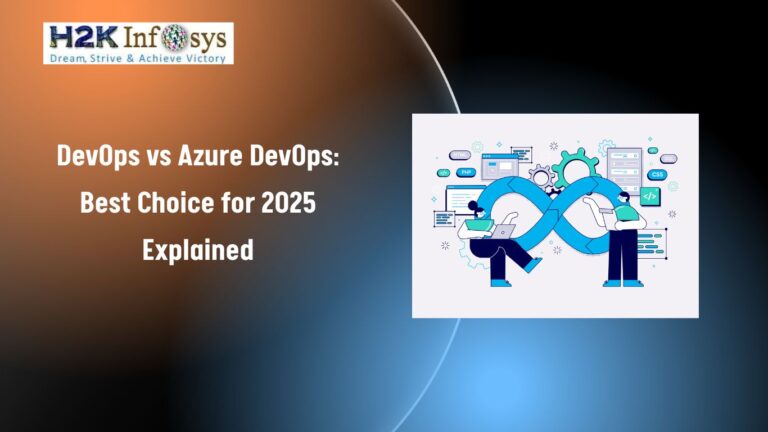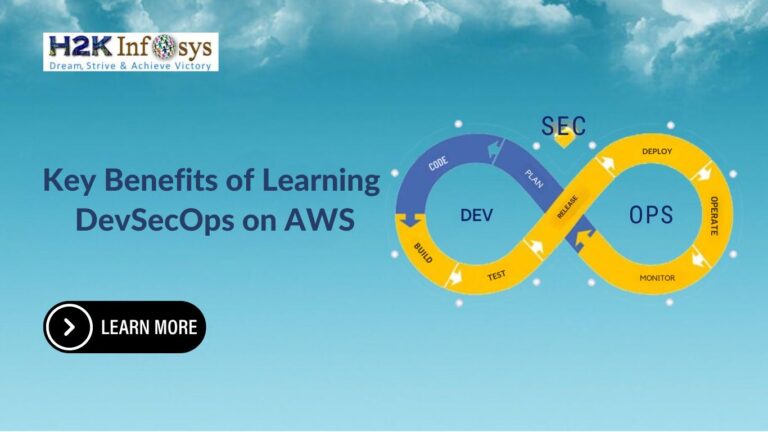Power BI, a leading business analytics tool by Microsoft, has become essential in transforming raw data into meaningful insights through interactive dashboards and reports. As companies increasingly rely on data-driven decision-making, the demand for skilled Power BI developers has surged. Whether you’re preparing for an interview or seeking to hire a competent Power BI developer, understanding the critical questions to ask or answer is crucial. This blog provides a comprehensive list of top Power BI developer interview questions, covering various aspects of Power BI, from basic to advanced topics.
Basic Concepts and Fundamentals
What is Power BI?
Power BI is a business analytics service developed by Microsoft. It provides interactive visualizations and business intelligence capabilities with an interface simple enough for end users to create their own reports and dashboards. The suite includes several products, such as Power BI Desktop, Power BI Service, Power BI Mobile, and more.
What are the key components of Power BI?
The key components of Power BI include:
- Power BI Desktop: A Windows application for designing and publishing reports.
- Power BI Service: An online SaaS (Software as a Service) for sharing and collaborating on reports.
- Power BI Mobile: Mobile applications for viewing reports and dashboards on Android and iOS devices.
- Power BI Gateway: A tool for connecting on-premises data sources to Power BI.
- Power BI Report Server: An on-premises server for hosting and sharing Power BI reports.
What are Power BI data sources?
Power BI supports a wide range of data sources, including databases, cloud services, flat files, and live data streams. Some popular sources include SQL Server, Excel, SharePoint, Azure, and Google Analytics.
Data Modeling and Transformation
What is Power Query, and how is it used in Power BI?
Power Query is a data connection technology that enables users to discover, connect, combine, and refine data across various sources. In Power BI, Power Query is used for data transformation and preparation, allowing users to clean, reshape, and merge data before loading it into the data model.
Recommended to Read Also: Online qa training
Explain the concept of DAX and its importance in Power BI.
Data Analysis Expressions (DAX) is a formula language used in Power BI for creating calculated columns, measures, and custom tables. DAX is essential for performing complex calculations and aggregations, enabling users to create advanced analytics and metrics.
How do you handle data relationships in Power BI?
In Power BI, relationships between tables are established based on common fields, typically keys. Relationships can be one-to-one, one-to-many, or many-to-many. Managing relationships ensures data integrity and allows for accurate cross-table analysis.
What are calculated columns and measures in Power BI?
- Calculated Columns: Created in the data model using DAX expressions, calculated columns are stored in the data model and recalculated when data is refreshed.
- Measures: Calculations performed on the fly using DAX expressions, measures are not stored in the data model and are recalculated based on the context of the report or dashboard.
Visualization and Reporting
What are Power BI visuals, and how do you customize them?
Power BI visuals are graphical representations of data in reports and dashboards. Users can create standard visuals like bar charts, line graphs, pie charts, and custom visuals using third-party tools or custom scripts. Customization includes formatting, colors, labels, and interactions.
Explain the difference between slicers and filters in Power BI.
- Slicers: Visual tools used to filter data in reports. Slicers provide an interactive way for users to select specific values and refine the data displayed.
- Filters: Applied to reports, pages, or visuals, filters control the data displayed by limiting the dataset based on specified criteria. Filters can be static or dynamic.
What is a Power BI dashboard, and how does it differ from a report?
A Power BI dashboard is a single-page, real-time interface that displays key metrics and insights using visuals from various reports. Dashboards provide an overview and quick access to important data. In contrast, a report is a multi-page, detailed analysis of data, allowing for deeper exploration and interactivity.
Advanced Topics and Best Practices
What is Power BI Embedded, and how is it used?
Power BI Embedded is an Azure service that allows developers to embed Power BI reports and dashboards into their applications. It provides a seamless experience for users to access analytics within the context of their software solutions.
How do you implement row-level security (RLS) in Power BI?
Row-level security (RLS) restricts data access for users based on roles. In Power BI, RLS can be implemented by defining roles and DAX rules to filter data based on the user’s login information. This ensures that users can only view data relevant to their role.
What are Power BI Dataflows, and how do they differ from datasets?
Power BI Dataflows are a collection of data transformations and entities stored in the Power BI service. Dataflows allow for data reuse and ETL processes across multiple reports and workspaces. Unlike datasets, dataflows focus on data preparation and can be used as a data source for multiple datasets.
How do you optimize Power BI reports for performance?
Optimizing Power BI reports involves several best practices, such as:
- Reducing the data model size by removing unnecessary columns and tables.
- Using calculated columns sparingly and favoring measures.
- Limiting the number of visuals and interactions on a single page.
- Implementing proper indexing and partitioning in data sources.
- Using aggregations and summarized data instead of detailed data.
Troubleshooting and Problem-Solving
What steps would you take to troubleshoot a slow Power BI report?
To troubleshoot a slow Power BI report, consider the following steps:
- Analyze and optimize the data model by removing unused columns and tables.
- Check the performance of DAX queries and optimize them if necessary.
- Review the number and complexity of visuals on each page.
- Verify the performance of data sources and connections.
- Use Power BI Performance Analyzer to identify and resolve bottlenecks.
How do you handle data refresh issues in Power BI?
Data refresh issues can arise due to various factors, such as connectivity problems, data source changes, or permission issues. To handle data refresh issues:
- Verify the data source credentials and permissions.
- Check the gateway configuration and connectivity.
- Review the refresh schedule and ensure it aligns with data availability.
- Monitor and troubleshoot errors in the Power BI service or on-premises gateway.
Industry-Specific Applications and Use Cases
Can you provide an example of how Power BI can be used in a specific industry?
Power BI can be used across various industries, such as healthcare, finance, retail, and manufacturing. For example, in healthcare, Power BI can be used to analyze patient data, track hospital performance, monitor staff efficiency, and optimize resource allocation. By integrating with electronic health records (EHR) systems, Power BI provides valuable insights into patient outcomes and operational metrics.
How do you approach data governance and compliance in Power BI?
Data governance and compliance in Power BI involve ensuring data accuracy, consistency, and security. This includes:
- Implementing data classification and labeling to identify sensitive data.
- Defining and enforcing data access policies and permissions.
- Monitoring and auditing data usage and report sharing.
- Ensuring compliance with industry regulations and standards, such as GDPR and HIPAA.
Conclusion
The role of a Power BI developer is crucial in transforming raw data into actionable insights. As organizations increasingly rely on data analytics, the demand for skilled Power BI developers continues to grow. This comprehensive list of top Power BI developer interview questions provides a solid foundation for both candidates and interviewers to assess and prepare for the complexities of Power BI. By understanding these key concepts, candidates can confidently demonstrate their expertise, and employers can identify the right talent to drive their data initiatives forward.
Power BI’s versatility and powerful features make it a valuable tool for organizations of all sizes. Whether you’re a seasoned developer or just starting, mastering Power BI and staying updated with the latest trends and best practices is essential for success in this dynamic field.
Recommended to Read Also: software testing courses and placement
















